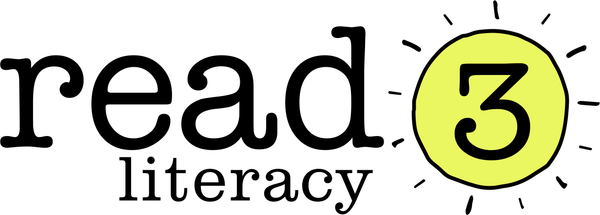What is a grapheme?

When it comes to reading and spelling, letters and sounds are very closely linked. Words contain sounds (phonemes) and we use individual letters or letter combinations (graphemes) to represent those sounds.
GRAPHEME is what we write when we hear a sound.
It can be one letter (i) or a combination of letters (igh).
We write and SEE graphemes (think 'graph') and we HEAR phonemes (think 'phone').
There can be more LETTERS in a word than there are sounds, but the number of GRAPHEMES is the same.
Here's a couple of examples to demonstrate:

The word 'hop' contains three sounds 'h' 'o' and 'p'
which are represented by three graphemes h-o-p.

The word 'shop' also contains three sounds 'shhhh', 'o' and 'p'
which are represented by three graphemes sh-o-p.
You'll notice that the grapheme for 'shhhh' is a two letter combo.

The word 'train' contains four sounds 't', 'r', 'A' and 'n'
which are represented by four graphemes -- t-r-ai-n.
You'll notice the grapheme for 'A' is a two letter combo.
It takes time to build skills
Understanding of graphemes builds slowly. First we encourage children to learn links between individual sounds and letters (e.g. the sound 'mmmmm' is represented by a letter m). Then, we add in 2-letter combos involving consonants (e.g. 'shhhh' is represented by the letter combo s+h).
After that, we tackle all the different vowel sounds and graphemes (sometimes referred to as spelling patterns) that can be used to represent these sounds.
This is where things start to get REALLY HARD in English.
Take the sound A (as in ape) as an example. the graphemes for this particular sound include:
ay (day)
ai (rain)
a_e (cake)
eigh (sleigh)
a (vol-ca-no)
ea (great)
Remembering so many spelling patterns for one simple sound is challenging. For children with weak working memory, and other processing difficulties, it is completely overwhelming.
To help combat the overwhelm, Read3 uses a systematic approach PLUS evidence-based strategies to support children with processing difficulties. Our aim is to automate skills at every step. But being able to instantly recognise graphemes and grapheme patterns in words takes practise. Lots and lots of practise.
I hope that helps. If you hear the word 'grapheme' being bandied about in your house be sure to check if you child actually knows what it is. ;p
For more tips and tricks, join us on Facebook or Instagram
Note: in our example we use capital 'A' to represent the long vowel sound (ay) and lower case 'a' for the short vowel sound. This is certainly not the 'official' way of representing these sounds, but we're trying to keep thing simple :)
